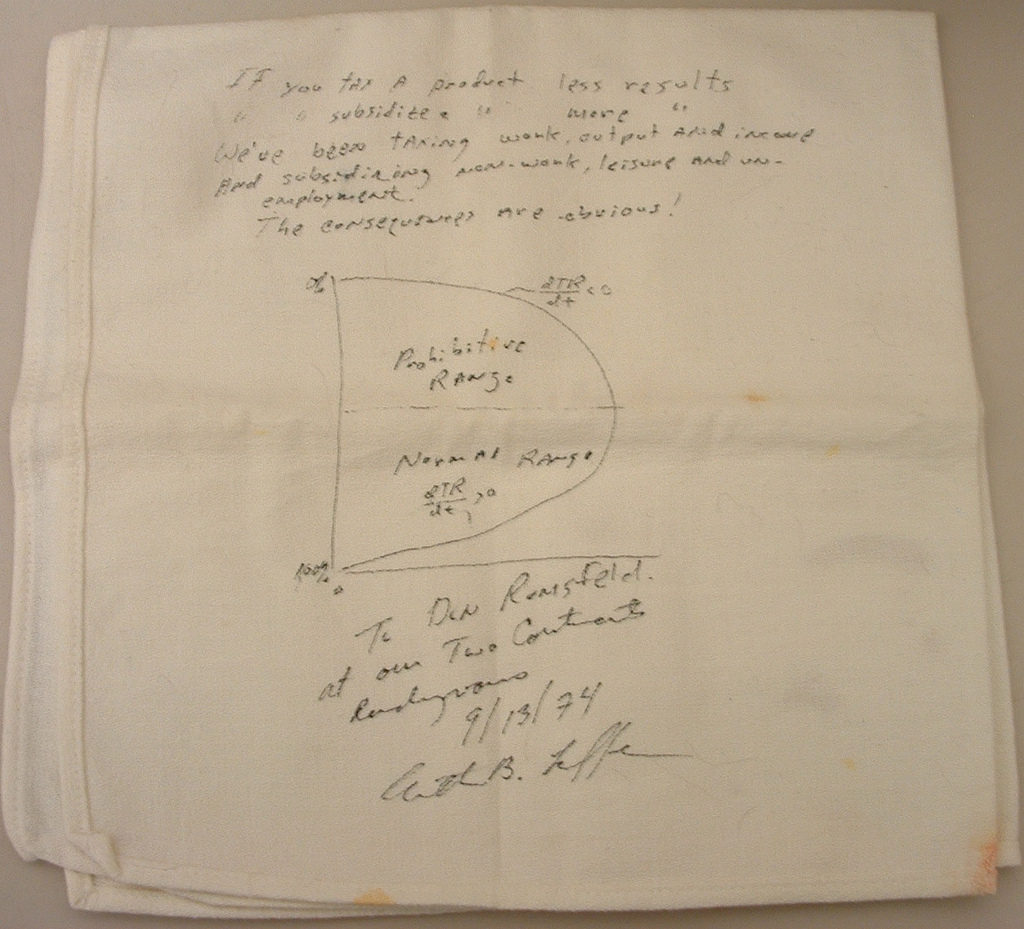From How America Went Haywire by Kurt Andersen.
How many Americans now inhabit alternate realities? Any given survey of beliefs is only a sketch of what people in general really think. But reams of survey research from the past 20 years reveal a rough, useful census of American credulity and delusion. By my reckoning, the solidly reality-based are a minority, maybe a third of us but almost certainly fewer than half. Only a third of us, for instance, don’t believe that the tale of creation in Genesis is the word of God. Only a third strongly disbelieve in telepathy and ghosts. Two-thirds of Americans believe that “angels and demons are active in the world.” More than half say they’re absolutely certain heaven exists, and just as many are sure of the existence of a personal God — not a vague force or universal spirit or higher power, but some guy. A third of us believe not only that global warming is no big deal but that it’s a hoax perpetrated by scientists, the government, and journalists. A third believe that our earliest ancestors were humans just like us; that the government has, in league with the pharmaceutical industry, hidden evidence of natural cancer cures; that extraterrestrials have visited or are visiting Earth. Almost a quarter believe that vaccines cause autism, and that Donald Trump won the popular vote in 2016. A quarter believe that our previous president maybe or definitely was (or is?) the anti-Christ. According to a survey by Public Policy Polling, 15 percent believe that the “media or the government adds secret mind-controlling technology to television broadcast signals,” and another 15 percent think that’s possible. A quarter of Americans believe in witches. Remarkably, the same fraction, or maybe less, believes that the Bible consists mainly of legends and fables — the same proportion that believes U.S. officials were complicit in the 9/11 attacks.



